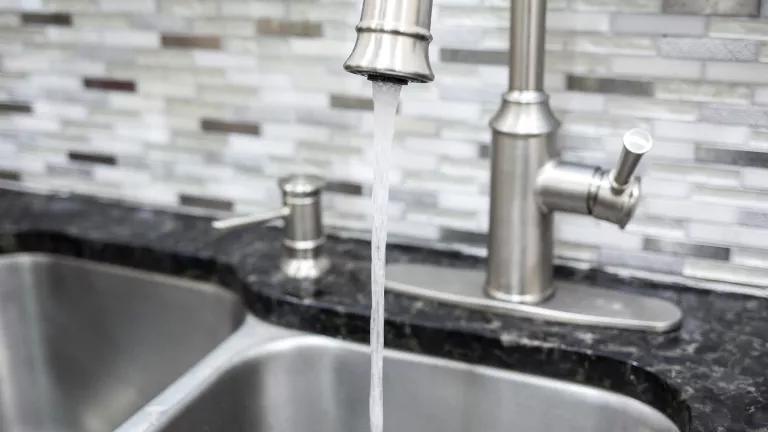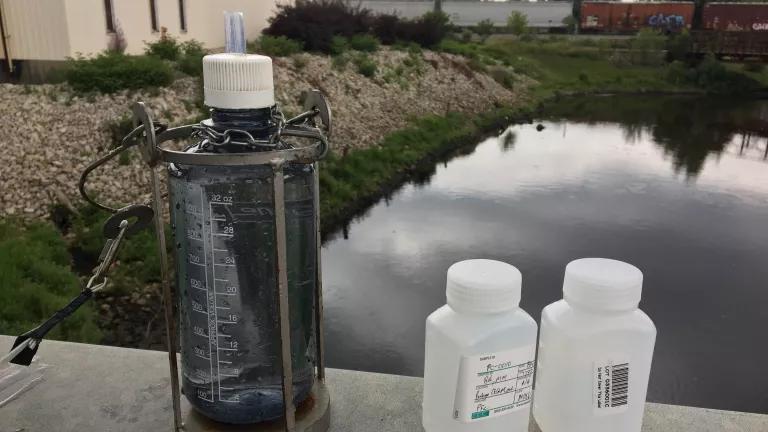Michigan Moves to Eliminate Lead Drinking Water Pipes
Michigan's new lead in drinking water protections can never make up for the disaster in Flint, but they help ensure that other communities will be better protected in the future.
Flint, Michigan will forever be the symbol of a government’s willingness to play fast and loose with the health of a majority non-white community. An unelected and unaccountable emergency manager tried to save a few bucks by switching Flint's drinking water source from Lake Huron to the Flint River. The health impacts and other devastation are well-documented, but it will take years to know the full damage caused by this fateful decision.
In the wake of the Flint water crisis, Michigan officials blamed the federal Lead and Copper Rule (LCR) and decided to take the matter into their own hands by strengthening the state's LCR. So, how well did Michigan do toward achieving that end?
Although the bar was exceptionally low, Michigan's new LCR succeeded in creating the strongest statewide lead in drinking water protections, and they are stronger than the federal LCR. Even with that achievement, there are some problematic loopholes that other states, not to mention the U.S. Environmental Protection Agency, need to address as they rightfully try to ensure their citizens enjoy similar protections.
Michigan became the first state to:
- Mandate full lead service line replacement within 20 years at a rate of at least 5% per year whether or not a water system exceeds the Lead Action Level (15 parts per billion until 2025 when it drops to 12 parts per billion).
- Establish a ban on partial lead service line replacements except in the case of emergency repairs.
- Require water utilities to pay for full lead service line replacements.
The new Michigan LCR also expands public education and notification requirements, and it increases the amount of lead testing water utilities are required to complete.
Here’s where Michigan's new protections fall short:
- The ban on partial lead service line replacements includes a loophole for emergency repairs in situations where the utility cannot get permission from the homeowner to replace the full lead service line. It’s unclear when residents are making the decision whether to do the full replacement that they will be fully informed of the dangers of partial lead service line replacements or how to protect themselves from the lead releases associated with partials. Further, utilities are only required to conduct one lead test 72 hours after the partial replacement is completed, which is quite inadequate given the ongoing release of lead from partials.
- The rule doesn’t include the steps water utilities must take to document that a household has declined to have its lead service line fully replaced. As a result, water utilities could make half-hearted attempts to inform residents about the opportunity to replace the lines thus skirting their responsibility to do the replacements.
- Michigan chose to leave the Lead Action Level in place rather than establish a health-based standard for lead in drinking water. Consequently, residents could still be told their water is safe even if lead levels are in the double digits.
NRDC spent many months working to strengthen Michigan’s LCR which culminated with the submission of our final comments earlier this year. Now we will shift our focus to implementing the LCR and to ensuring funds are available to assist with the replacement of lead service lines and other water infrastructure upgrades.


